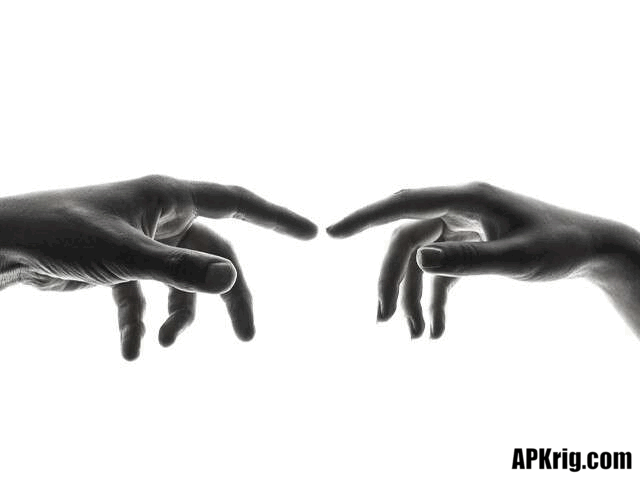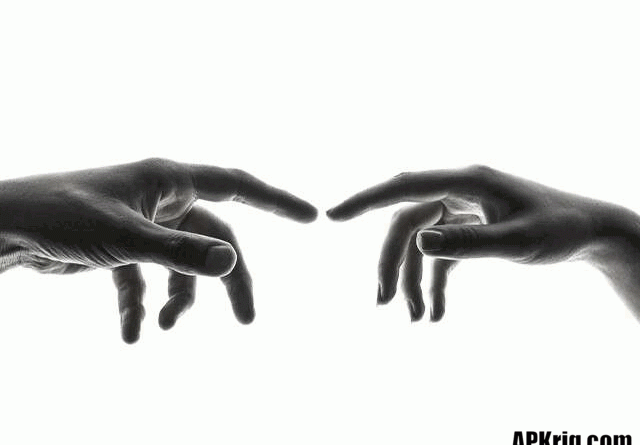Invisible String Theory Unveiled: Exploring the Fabric of the Universe
The concept of the invisible string theory has long fascinated scientists and enthusiasts alike, offering a unique perspective on the fabric of the universe. In this article, we delve into the intricacies of this theory, uncovering its origins, exploring its theoretical framework, and discussing its potential implications.
Contents
Introduction to Invisible String Theory
What is the Invisible String Theory?
The invisible string theory proposes that there exists an unseen, interconnected web that binds all particles and forces in the universe. It suggests that everything, from the smallest subatomic particles to the largest celestial bodies, is connected by this invisible thread.
Brief history and origins
The concept of the invisible string theory traces back to ancient philosophical and spiritual traditions, which often depicted the universe as a vast, interconnected whole. However, it gained prominence in modern physics through the development of quantum mechanics and string theory.

Understanding the Concept
Core principles and components
At its core, the invisible string theory posits that particles are not isolated entities but rather manifestations of vibrations in the underlying fabric of space-time. These vibrations, often represented mathematically as strings or membranes, give rise to the diverse phenomena observed in the universe.
Applications in physics and cosmology
The invisible string theory has profound implications for our understanding of fundamental physics and cosmology. It offers a unified framework that aims to reconcile the disparate theories of quantum mechanics and general relativity, providing a more comprehensive view of the universe.
Theoretical Framework
Quantum mechanics and string theory connection
Quantum mechanics describes the behavior of particles at the smallest scales, while string theory seeks to explain the fundamental nature of these particles as vibrating strings. The invisible string theory builds upon these concepts, proposing that these vibrations are manifestations of the interconnectedness of all things.
Mathematical underpinnings
Mathematics plays a crucial role in elucidating the invisible string theory, providing the tools necessary to model and understand the complex interactions within the universe. Equations describing the dynamics of strings, branes, and higher-dimensional spaces form the basis of this theoretical framework.
Exploring Quantum Entanglement
Relation to the invisible string theory
Quantum entanglement, a phenomenon in which particles become correlated in such a way that the state of one particle is dependent on the state of another, is closely related to the invisible string theory. It suggests that particles are connected across vast distances, instantaneously influencing each other’s properties.
Implications and significance
The phenomenon of quantum entanglement has profound implications for communication, cryptography, and quantum computing. By harnessing the interconnected nature of particles, researchers aim to develop technologies that transcend classical limitations and enable unprecedented capabilities.
Practical Applications
Current research and experiments
Scientists around the world are actively researching the invisible string theory and its potential applications. Experimental efforts seek to test the predictions of the theory, ranging from particle accelerators to astronomical observations, in hopes of verifying its validity.
Potential technological advancements
The insights gleaned from the invisible string theory could pave the way for revolutionary technological advancements. From quantum computing and teleportation to advanced propulsion systems and energy generation, the possibilities are as vast as the universe itself.
Criticisms and Debates
Challenges and limitations
Despite its promise, the invisible string theory is not without its critics. Skeptics point to the lack of empirical evidence and the theoretical complexities inherent in the theory. Moreover, the elusive nature of the invisible strings poses significant challenges to experimental verification.
Alternative theories and perspectives
In addition to the invisible string theory, several alternative theories exist that seek to explain the fundamental nature of reality. From loop quantum gravity to emergent theories of spacetime, these competing frameworks offer alternative interpretations of the cosmos.
Future Directions
Predictions and possibilities
Looking ahead, the future of the invisible string theory is ripe with possibilities. As technology advances and our understanding deepens, we may uncover new insights into the interconnected nature of the universe, leading to groundbreaking discoveries and paradigm shifts in physics.
Areas for further exploration
Areas for further exploration include refining mathematical models, conducting precision experiments, and exploring interdisciplinary connections with other branches of science. By collaborating across disciplines, researchers can unlock new avenues of inquiry and push the boundaries of knowledge.
Conclusion
In conclusion, the invisible string theory offers a captivating glimpse into the interconnected fabric of the universe. From its ancient philosophical roots to its modern-day implications, this theory continues to inspire curiosity and drive scientific inquiry. As we journey deeper into the mysteries of the cosmos, the invisible strings that bind us may ultimately reveal the secrets of existence itself.
FAQs
- What evidence supports the invisible string theory?
- While direct empirical evidence remains elusive, the mathematical consistency of the theory and its ability to unify disparate branches of physics provide compelling support.
- How does the invisible string theory relate to spirituality and philosophy?
- The concept of interconnectedness central to the invisible string theory resonates with many spiritual and philosophical traditions, offering a scientific framework for understanding the unity of all things.
- Are there practical applications of the invisible string theory?
- While still largely theoretical, the insights gained from the theory could lead to transformative technological advancements in fields such as quantum computing, communication, and energy.
- What are some criticisms of the invisible string theory?
- Critics often point to the lack of empirical evidence and the theoretical complexities inherent in the theory. Additionally, alternative frameworks propose different interpretations of fundamental reality.
- What are some ongoing research areas within the field of invisible string theory?
- Current research focuses on refining mathematical models, conducting precision experiments, and exploring interdisciplinary connections with other branches of science to further elucidate the implications of the theory.


